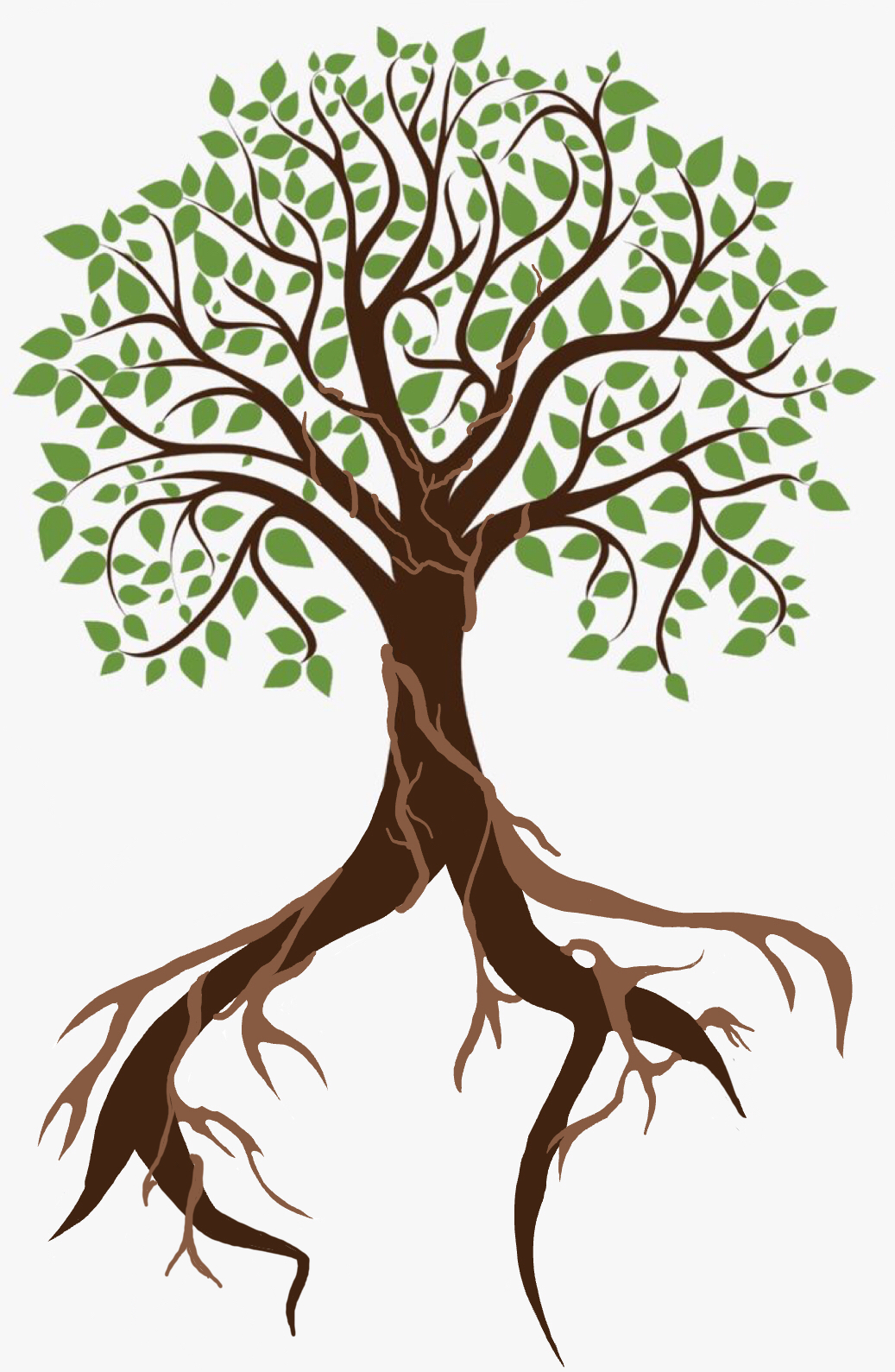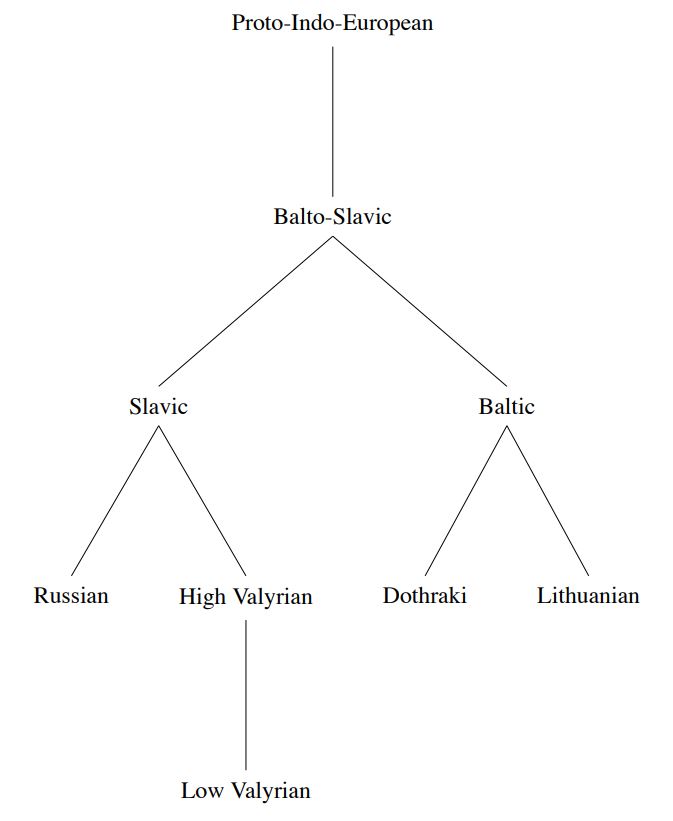Proto-Indo-European
Russian
Slavic
Balto-Slavic
Baltic
Lituanian

Sorting Constructed Languages Into the Proto-European Language Tree
Researched and Constructed by Kaya Brown | Webpage developed by Ava Jakusovszky
The purpose of this site is to analyze constructed languages and classify them into the Proto-Indo-European language tree.
Constructed languages, also known as colangs, are languages that have been artificially
created instead of developing naturally. These languages have been developed to different extents. For example, Dothraki does not have a developed writing system as it was constructed for a TV show, and was written phonetically so that the actors could pronounce their lines. J.R.R. Tolkein, author of Lord of the Rings, was a scholar of the English language, and was a professor at Oxford specialising in Old and Middle English. The constructed languages he created (such as the elvin language “Quenya”) have a fully developed writing system. Some colangs, such as Klingon (a constructed language from star trek) were developed to an extent for the purposes of the show, but have been developed much further by fans
I have analyzed both Dothraki and High Valyrian from the television show Game of Thrones in terms of their grammatical structure and their connection through their shared folklore. I have also included Low Valyrian as relating to High Valyrian, but this is not a developed constructed language.
These languages were originally constructed by linguist David J. Peterson, but have developed further due to fan input. It is also worth noting that because these languages were artificially developed, they can not perfectly align with certain facets of natural language development (such as Grimm's Law).
How It Works
Click a constructed language indicated by a purple border to view information
regarding the language and why it was placed here on the tree.
To return to the tree, naviagate with the left facing arrow in the upper left hand corner, or select the header to return to the main page.
See the below language tree for a formal
represenation of how these languages are represented in the Proto-Indo-European
Language Tree.
